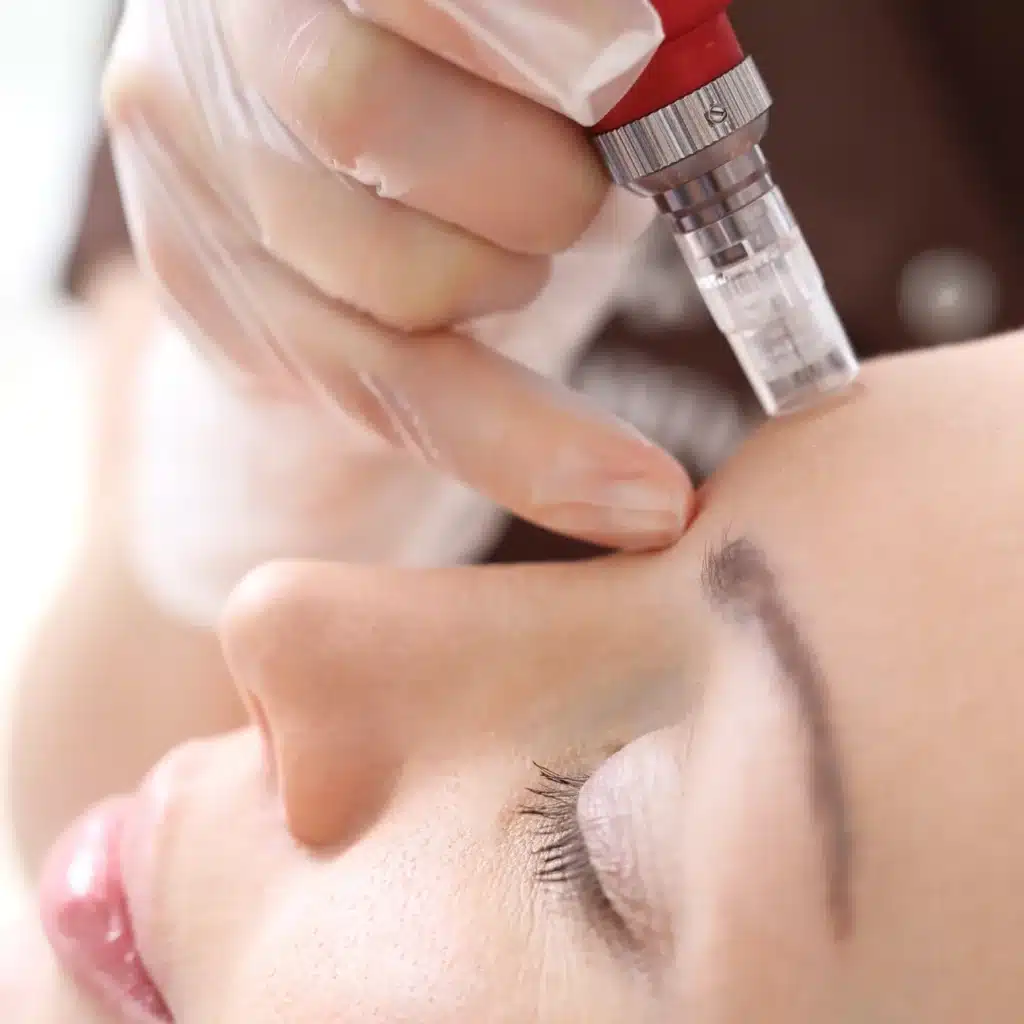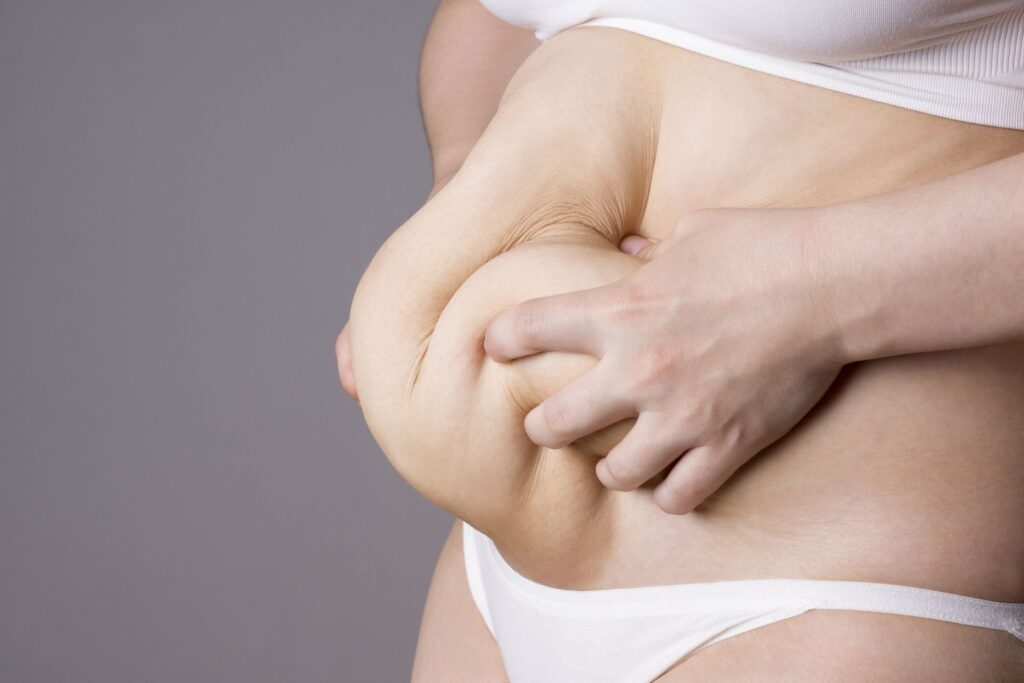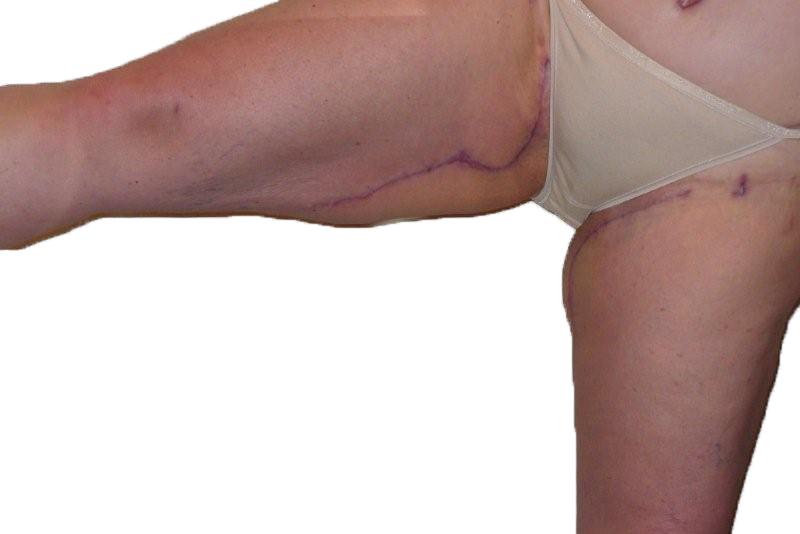Key Takeaways
- Microneedling with PRP, a cosmetic procedure in dermatology that combines the rejuvenating effects of microneedling with the healing properties of platelet-rich plasma (PRP) to enhance skin health and appearance, is often performed by a dermatologist or qualified practitioner, and may result in temporary redness.
- This treatment, recommended by dermatologists and rooted in dermatology, is particularly beneficial for individuals seeking to reduce the appearance of scars, stretch marks, wrinkles, and fine lines, as well as improve the overall surface skin texture and tone.
- Ideal candidates for PRP microneedling are people in good health, with specific skin conditions that this procedure is known to benefit, and realistic expectations about the outcomes, including potential side effects as informed by the practitioner or clinician.
- During the procedure on your face, expect minimal to moderate discomfort, side effects, a short recovery period, and some post-treatment care by the clinician or doctor to ensure the best results.
- Incorporating PRP with microneedling, as performed by a clinician or doctor, amplifies the natural healing process by using the body’s own growth factors, leading to more significant improvements in skin rejuvenation for people compared to microneedling alone.
- For those people considering this treatment, it’s important to consult with a qualified and experienced doctor or professional to discuss your skin concerns, potential benefits, and what to expect during and after the procedure.
Understanding Microneedling with PRP
Process Overview
Microneedling with PRP starts by a doctor drawing a small amount of blood from the patient, helping people. This blood is then placed in a centrifuge, which spins at high speed.
The spinning separates the blood into layers. One layer contains platelet-rich plasma (PRP), known for its healing properties. The PRP is drawn up into a syringe, ready for use.
Microneedling Procedure
The skin is first cleansed and prepared. A microneedling device then creates tiny punctures in the skin’s surface. These micro-injuries stimulate the body’s natural healing process, increasing collagen production.
After microneedling, the prepared PRP is applied to the treated area of people. The skin readily absorbs this plasma, enhancing the rejuvenation process.
Dual Benefits
This combination offers dual benefits. Microneedling alone promotes collagen growth, making skin firmer and smoother. When paired with PRP, the treatment accelerates skin repair.
PRP is rich in growth factors that help in skin cell regeneration. This not only speeds up recovery but also enhances the overall results of microneedling.
Benefits of Microneedling with PRP
Skin Rejuvenation
Microneedling with PRP stands out for its versatility in addressing various skin concerns. It effectively reduces scars, wrinkles, and fine lines. This combination therapy uses the body’s healing mechanisms to rejuvenate the skin.
Patients notice a significant improvement in their skin texture and tone. The addition of PRP, or platelet-rich plasma, enhances the healing process. It leads to more pronounced results than microneedling alone.
Minimal Downtime
One of the most appealing aspects of this treatment is its minimal recovery period. Patients can return to their normal activities shortly after the procedure. This convenience makes it a favorable option for those with busy schedules.
The discomfort associated with microneedling with PRP is quite low. Most individuals report only mild sensations during the treatment. This ease of experience contributes to high patient satisfaction rates.
Safety and Efficacy
Microneedling with PRP is known for its safety across all skin types. Unlike some cosmetic procedures, it poses no risk of discoloration, especially in darker skin tones.
This method promotes natural collagen production over time. Thus, patients see continued improvement in their skin’s appearance months after treatment. Its ability to deliver long-lasting results without significant risks adds to its popularity.
Who Should Consider PRP Microneedling
Ideal Candidates
People with acne scars, wrinkles, or uneven skin texture are prime candidates. This treatment can significantly improve the skin’s appearance by promoting collagen production. Those looking for a non-surgical solution to rejuvenate their skin may find PRP microneedling a suitable option.
It works best for individuals committed to a skincare routine and willing to follow post-treatment care instructions. The results, while not immediate, are long-lasting and natural-looking.
Health Restrictions
Pregnant women should avoid this procedure. The same applies to individuals with certain health conditions like active acne outbreaks, skin infections, or those on blood-thinning medications. These conditions can affect the healing process and might lead to complications.

Consulting with a healthcare professional is crucial before undergoing PRP microneedling. They will assess if your skin type and medical history make you a good candidate.
Professional Consultation
A skincare professional’s guidance is invaluable in determining if PRP microneedling is right for you. They can offer personalized advice based on your skin’s needs and medical background.
This step ensures that the treatment aligns with your skin rejuvenation goals while minimizing potential risks. Always choose a reputable provider experienced in performing PRP microneedling.
What to Expect During the Procedure
Blood Draw
The microneedling with PRP process begins with a clinician drawing a small blood sample from the patient. This step is crucial as the blood is then processed to extract platelet-rich plasma (PRP), essential for the procedure.
Patients often find this part quick, with minimal discomfort.
PRP Application
After microneedling creates tiny injuries in the skin, the clinician applies the PRP. This combination promotes healing and rejuvenates the appearance of the skin.
The entire session can last about an hour, depending on the treated area’s size.
Healing Phase
Immediately after treatment, patients might notice redness and tenderness, similar to mild sunburn effects. These signs are normal and indicate the beginning of the healing process.
Most individuals see these symptoms subside within a few days, leading to minimal recovery time.
Aftercare Importance
Following post-procedure instructions is vital for optimal recovery and results. It helps reduce potential side effects and accelerates healing.
Clinicians provide specific care guidelines that may include avoiding direct sunlight and certain skincare products for a short period.
Enhancing Skin from Within
Skin Renewal
Microneedling with PRP leverages the body’s natural healing mechanisms. It prompts skin rejuvenation by stimulating collagen production. This process not only addresses skin concerns but also enhances the skin’s overall texture and tone.
Patients notice a gradual improvement in their skin’s appearance. The treatment effectively reduces signs of aging, such as fine lines and wrinkles. It also improves the appearance of acne scars and stretch marks, making it a versatile option for various skin conditions.
Collagen Production
The key to microneedling with PRP lies in its ability to boost collagen production. Collagen is crucial for maintaining skin elasticity and firmness. As we age, our skin produces less collagen, leading to wrinkles and sagging.
This treatment reverses that trend by encouraging the growth of new collagen. Over time, patients see significant improvements in their skin’s structure and resilience. This makes microneedling with PRP an excellent choice for long-term skin health.
Holistic Healing
PRP microneedling takes a holistic approach to skincare. It not only addresses specific issues like scars or aging but also promotes overall wellness. By using the patient’s own platelets, it ensures a natural healing process without foreign substances.
This method aligns with a broader perspective on health and beauty, emphasizing treatments that support the body’s innate abilities to heal and renew itself. Dermatologists often recommend combining PRP microneedling with other skincare routines for optimal results.
Summary
Microneedling with PRP represents a game-changer for those seeking rejuvenated, vibrant skin. By harnessing your body’s natural healing powers, this treatment offers a plethora of benefits, from reducing wrinkles and scars to enhancing skin tone and texture. It’s an ideal choice for anyone looking to combat the signs of aging or improve their skin’s overall health without resorting to more invasive procedures. You’ve learned about its advantages, who it’s best suited for, what the process involves, and how it works from the inside out to promote a healthier, more youthful complexion.
Now’s the time to take action. If you’re ready to unlock the potential of your skin and achieve that glow you’ve always desired, consider reaching out to a qualified professional who can guide you through the process of microneedling with PRP. Transform your skin care routine by embracing this innovative treatment and step into a world where your skin’s vitality is restored. Your journey towards radiant, rejuvenated skin starts here.
Frequently Asked Questions
What is Microneedling with PRP?
Microneedling with PRP combines traditional microneedling techniques with the application of Platelet-Rich Plasma (PRP) to enhance skin rejuvenation, leveraging your body’s healing capabilities.
How does Microneedling with PRP work?
The procedure involves creating micro-injuries on the skin using fine needles. PRP, derived from your blood, is then applied, accelerating the natural healing process and promoting collagen production.
What are the benefits of Microneedling with PRP?
Benefits include reduced wrinkles and fine lines, improved skin texture and tone, minimized pore size, and diminished appearance of scars. It effectively rejuvenates the skin for a youthful glow.
Who should consider PRP Microneedling?
Individuals seeking to improve skin texture, diminish scars or signs of aging, and those looking for a minimally invasive skin rejuvenation method are ideal candidates.
What can I expect during the procedure?
Expect a short session where your skin is numbed before microneedling. Afterward, PRP is applied. The entire process typically lasts about an hour with minimal downtime.











